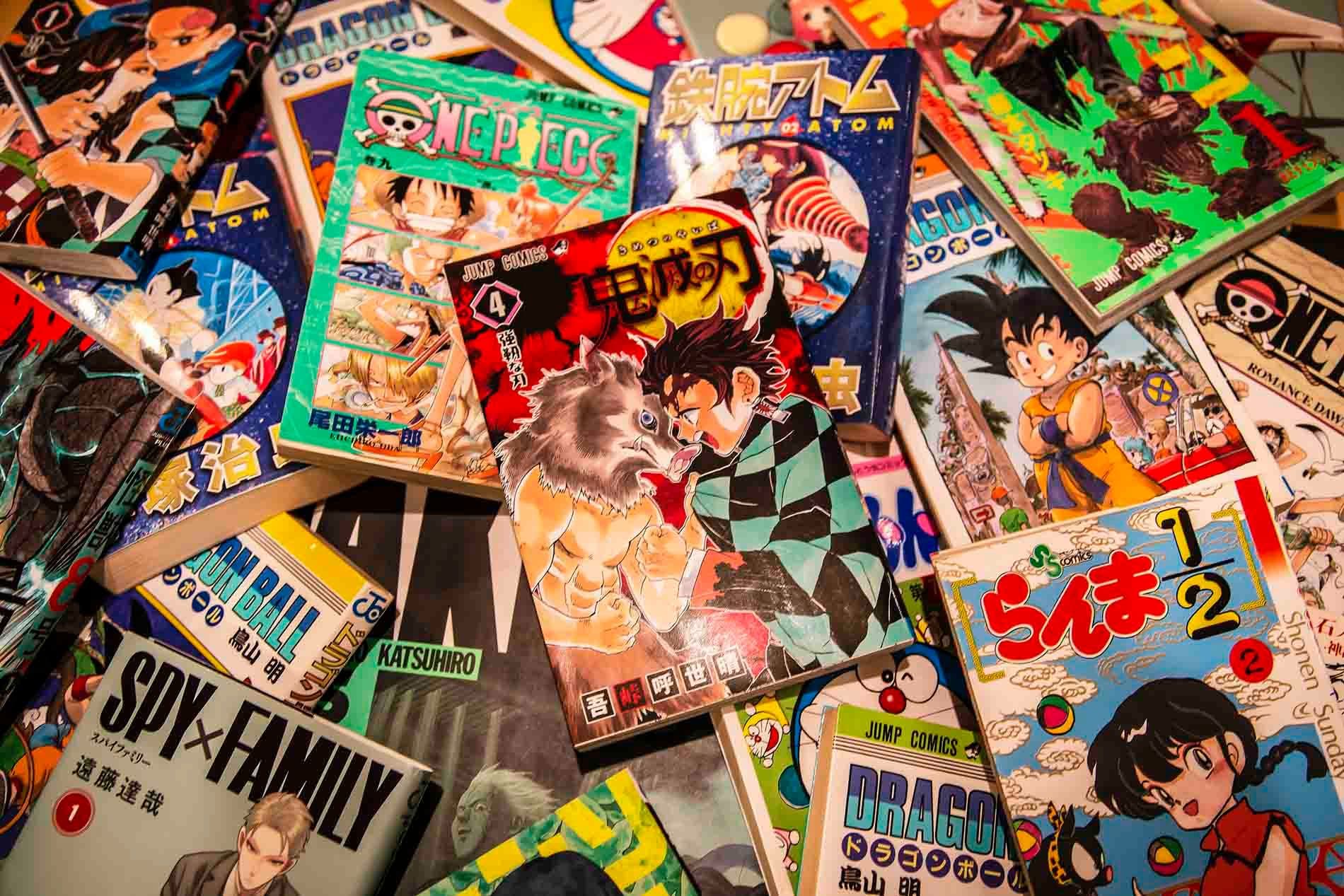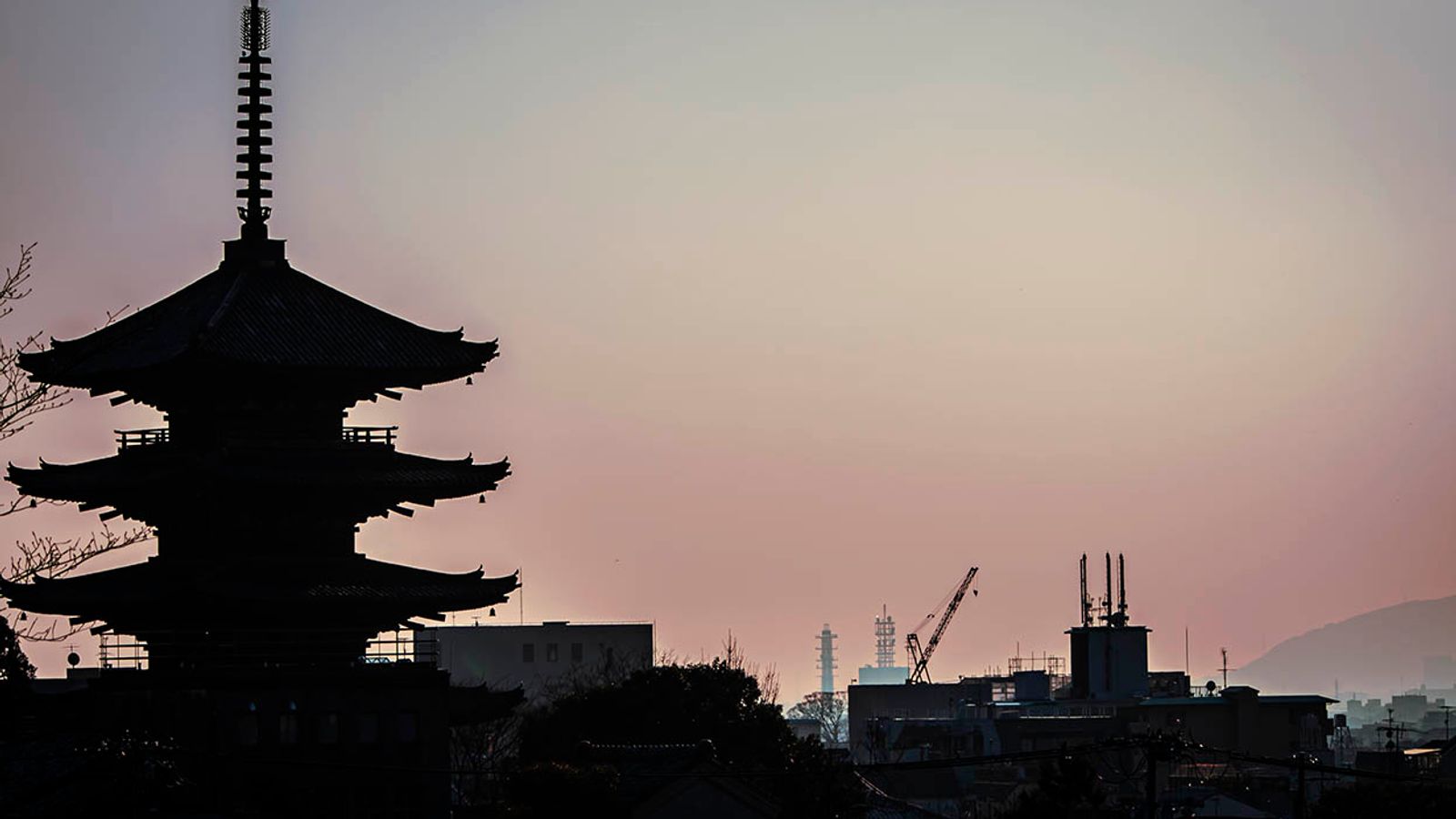

Table of contents:
Surrounded by centuries of history and vibrant culture, Kyoto offers a window into Japan’s rich heritage. The city beautifully blends time-honored traditions with modern comforts, giving visitors an authentic taste of Japan.
It's true that Kyoto has drawn attention because of its large tourist crowds. However, I encourage you not to miss out on Kyoto, Japan's cultural heart. Kyoto represents Japanese culture in a way that other parts of the country cannot do. This guide will help you understand why I love Kyoto so much!
👉 Worried about the tourist crowds? Check out our article about overcrowded Kyoto ⛩️
➡️ How long should you stay in Kyoto? Our guide can help decide how many days in Kyoto 🇯🇵
1. Kyoto City: A Mixture of Modern & Traditional Japan
Kyoto is smaller city than Japan's economic centers like Tokyo and Osaka. However, Kyoto stands out because of its preserved cultural and historic charm. Key highlights include:
- Balanced Skyline:
- Unlike towering skyscrapers, Kyoto limits building heights (often capped at 31 meters) to protect views of Kyoto's temples and shrines.
- Cultural Preservation:
- The city’s layout and architecture honor centuries-old traditions, ensuring that modernity doesn’t overshadow its rich past.
2. A Glimpse into Kyoto’s Rich History
With a legacy spanning over 1,000 years, Kyoto’s narrow alleyways and timeless architecture tell stories of its past as Japan’s ancient capital. Consider these fascinating points:
- Historical Capital:
- Kyoto was Japan’s capital from 794 to 1868, setting the stage for its cultural and political heritage.
- Architectural Heritage:
- Wander through streets lined with traditional wooden buildings and historic sites.
- UNESCO World Heritage:
- Home to 17 World Heritage Sites, Kyoto has more than any other city in the world.
- Local Delicacies:
- The nearby Uji region is famous for producing some of Japan’s best green tea.
- The nearby Uji region is famous for producing some of Japan’s best green tea.

3. Kyoto’s Must-See Temples and Shrines
The main draw of Kyoto is its famous ancient Japanese temples and shrines, many of which are listed as World Heritage Sites.

3.1. Discover Kinkaku-ji Temple: Kyoto’s Famous Golden Pavilion
- Among the most famous of Japan's traditional temples is Kinkaku-ji Temple (金閣寺), also known as the Golden Pavilion.
- Surrounded by Zen Buddhist gardens, you can find the golden temple shining in the sunlight.
- Learn More: Check out our detailed guide on Kinkaku-ji Temple for tips on visiting.

3.2. The Red Gates of Fushimi Inari Taisha
- Fushimi Inari Taisha (伏見稲荷大社), famous for its thousands of vibrant red torii gates that lead you through a beautiful forest.
- This shrine gets extremely busy at certain times!
- Plan Your Visit: Read our article about Fushimi Inari for the best times to experience this landmark.

3.3. Kiyomizu Temple: The Kyoto Temple Overlooking the City
- Kiyomizu-dera (清水寺) is a spectacular temple sitting on a hillside overlooking the city. Its wooden terrace offers breathtaking views, especially during cherry blossom season.
- Warning: This is one of Kyoto's most popular temples. Therefore, it gets seriously overcrowded at peak times. My advise is to go early in the morning or late in the afternoon.

3.4. Heian Jingu Shrine: Kyoto's Golden Age
- Heian-Jingu Shrine is a special place from Japan's golden historic age.
- Step back in time at this shrine from Japan’s golden age, featuring expansive gardens and a tranquil pond perfect for a leisurely stroll.
- Discover More: Explore our in-depth review of Heian Jingu for insights and local tips.

3.5. To-ji Temple: Kyoto's Oldest Pagoda
- Home to Japan’s tallest wooden pagoda, this ancient site is a must-visit for architecture enthusiasts.
- Extra Tip: Visit on the 21st of each month to catch the bustling antique flea market.

3.6. Arashiyama: Kyoto’s Scenic and Spiritual Retreat
- Located on the western edge of Kyoto, Arashiyama is a district that blends breathtaking natural beauty with historic temples and shrines. Known for its iconic Bamboo Grove, picturesque Togetsukyo Bridge, and hidden cultural gems.
- Extra Tip: This place is very lovely, but a little over-rated. Because of this, it can get overcrowded. Go early in the morning or late in the afternoon.
Popular Articles

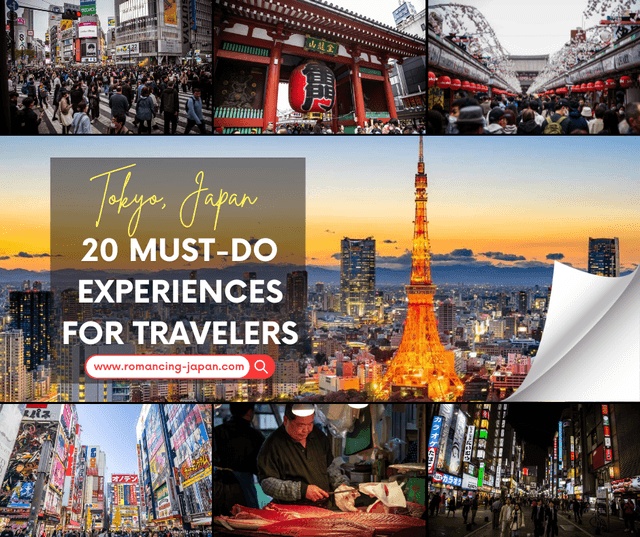
Tokyo Favorites: 20 Must-Do Experiences for Travelers
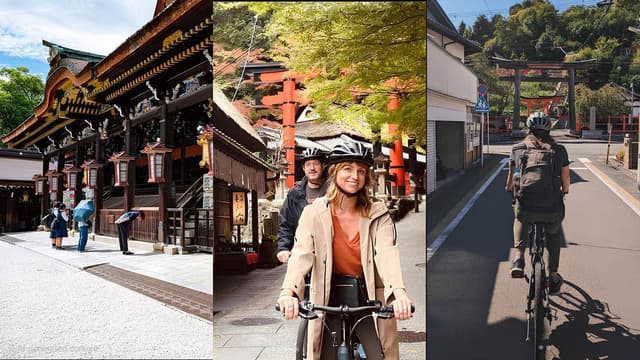
Kyoto Bike Tours: Discover the City’s Hidden Gems with Noru
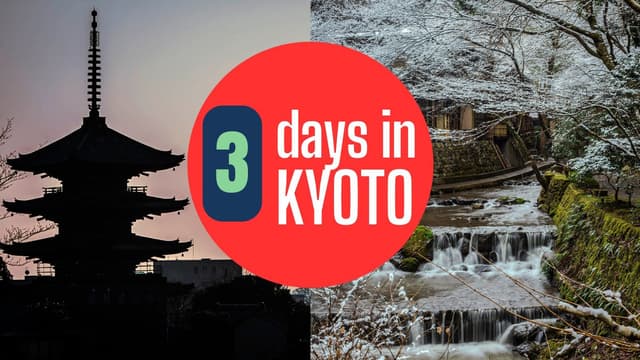
Kyoto 3-Day Itinerary: Best Things to Do for First-Time Visitors

Universal Studios Japan Tickets: Your Guide to Visiting USJ
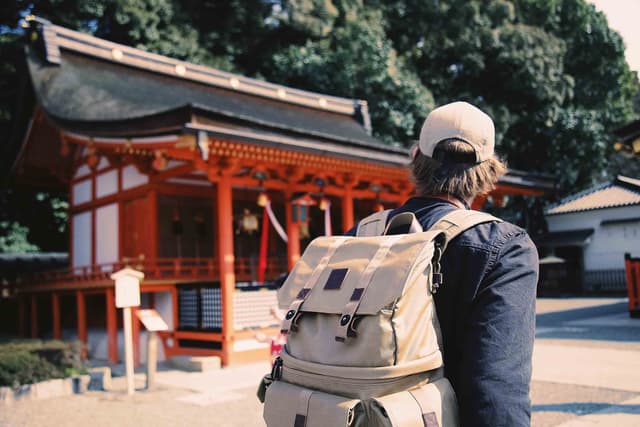
Find Out What Japan Really Thinks of Foreign Tourists

Manga Explained: Top Recommendations for Beginners
4. The Geisha Experience in Kyoto
Kyoto’s geisha culture is one of its most enchanting traditions. Locally known as “geiko,” these skilled entertainers preserve Japan’s timeless arts and grace.
4.1. Explore Gion – The Heart of Geisha Culture
- Stroll Historic Streets: Wander through Gion’s narrow lanes to catch a glimpse of geiko and maiko in their elegant attire.
- Respect the Local Etiquette: Follow local guidelines on photography and avoid wandering into restricted backstreets.
Kyoto Walking Tours Around the Streets of Gion

4.2. Book a Traditional Geisha Experience
Immerse yourself in Kyoto’s time-honored traditions by booking an authentic geisha encounter. Whether you're participating in a tea ceremony or attending a live maiko performance, these experiences offer a firsthand look at the art and rituals that have been preserved for centuries.
Tea Ceremonies:
- Witness the meticulous preparation and presentation of matcha tea.
- Learn about the cultural significance and etiquette that define this ancient ritual.
Maiko Performances:
- Enjoy a captivating display of dance, music, and storytelling performed by maiko.
- Experience the graceful movements and traditional costumes that symbolize Kyoto’s refined heritage.
In addition to these encounters, explore our exclusive widgets for Maiko Dance and Dinner experiences. These curated packages offer:
Interactive Cultural Sessions:
- Engage with live performances and gain insight into the traditions of Kyoto’s geiko.
Gourmet Dining Experiences:
- Savor authentic Kyoto cuisine paired with the artistry of maiko dance.
These traditional geisha experiences are a perfect way to deepen your connection to Kyoto’s cultural legacy while enjoying a truly immersive adventure.
5. Eating Out in Kyoto
Kyoto’s dining scene is as rich as its history. From sophisticated multi-course meals to casual street eats, there’s something to satisfy every palate.

5.1. Traditional Kyoto Cuisine
- Kaiseki: Enjoy a seasonal, multi-course meal that highlights the art of Japanese culinary tradition.
- Yudofu: Savor a hot pot dish featuring tofu simmered in a delicate broth.
- Kyo-ryori: Experience the refined “court food” once enjoyed by the emperor, focusing on subtle flavors and elegant presentation.
5.2. Casual Dining and Nightlife
- Kiyamachi Street: Discover a vibrant scene with toriyaki restaurants and izakayas (traditional Japanese bars).
- Late-Night Spots: Check out Kiyamachi Street (木屋町通– kiyamachi-dori) for popular bars like Rock Bar ING and Zaza Bar for a great evening.

6. Kyoto's Natural Beauty - Gardens, Parks, and Cherry Blossom Season
Kyoto is not only known for its temples and shrines but also for its breathtaking natural beauty. The city is blessed with numerous gardens and parks that offer escape from the busy streets.
- Ryoan-ji Temple: a Zen garden, famous for its simplicity and rock arrangements. Take a moment to meditate in this peaceful space;
- Maruyama Park: during cherry blossom season, the park comes alive with thousands of cherry trees in full bloom;
- Katsura Imperial Villa: a masterpiece of Japanese landscape design;
- Kyoto Botanical Garden: home to a vast collection of plants and flowers from around the world.

7. Where to Stay in Kyoto - Ryokans, Hotels, and Accommodation Options
When it comes to accommodation in Kyoto, you'll be spoiled for choice. Whether you're looking for traditional Japanese hospitality or modern luxury, the city offers a range of accommodation options to suit every traveler's needs.
7.1. Staying at Kyoto Ryokan (Traditional Japan Inn)
For a real Japanese experience, think about staying in a ryokan, a traditional Japanese hotel. Ryokans offer unique Japanese hospitality service (known ), tatami-matted rooms, futon beds, and Japanese baths.
👉 Find out more about staying in Kyoto ryokan with a private onsen bath ♨️
7.2. Staying at Kyoto Hotels
If you prefer more contemporary accommodations, Kyoto has a large choice of hotels. From boutique hotels tucked away in historic neighborhoods to international chains offering modern comforts.
Staying Close to Kyoto Station:
Kyoto's East Part of the City:
Staying in Central Kyoto:

8. Getting to Kyoto: Bullet Train and Other Options
Kyoto is Japan’s cultural heart, home to breathtaking temples, traditional streets, and stunning gardens. If you're traveling from Tokyo to Kyoto, here are the best ways to do it.
8.1. Taking the Shinkansen (Bullet Train) to Kyoto
The Shinkansen (bullet train) is the fastest and most comfortable way to travel from Tokyo to Kyoto.
The Nozomi Shinkansen gets you there in just 2 hours and 15 minutes, while the Hikari Shinkansen (covered by the Japan Rail Pass) takes about 2 hours and 40 minutes.
- Why choose the Shinkansen?
✅ High-speed travel (up to 320 km/h)
✅ Spacious, comfortable seating
✅ No airport security hassle—just hop on and go!
✅ Frequent departures throughout the day
👉 Book your Tokyo to Kyoto Shinkansen ticket via Klook
🚄 Buy a Japan Rail Pass from the official JR site
8.2. Taking a Night Bus from Tokyo to Kyoto
If you’re looking for a more budget-friendly way to travel, the overnight bus is a great option! The VIP Liner night bus departs from central Tokyo and arrives in Kyoto early the next morning. It offers reclining seats, onboard restrooms, and free Wi-Fi on select buses.
- Why choose a night bus?
✅ Cheaper than the Shinkansen
✅ Travel overnight and save on accommodation
✅ Multiple departure and arrival locations
👉 Book your Tokyo-Kyoto VIP Liner Night Bus via Klook
Whether you want speed and comfort or a budget-friendly overnight journey, these options make it easy to explore Kyoto!
9. Planning your Kyoto Itinerary - Tips and Recommendations
With so much to see and do in Kyoto, planning your itinerary can seem overwhelming. Here are a few tips to make the most of your visit:
- Research and prioritize: Make a list of the attractions that interest you the most and plan your days accordingly.
- Take your time: Kyoto city is best explored at a leisurely pace. Allow yourself plenty of time to soak in the beauty of each temple.
- Experience the seasons: Kyoto's beauty changes with each season. Consider visiting during cherry blossom season in spring or autumn when the foliage turns red and gold.
- Embrace the local customs: Respect the traditions and customs of Kyoto by observing proper etiquette when visiting temples and shrines.
FAQs
Why is Kyoto a must-visit destination in Japan?
Kyoto is famous for its rich history and stunning traditional architecture. The city is home to beautiful temples, serene gardens, and vibrant cultural festivals. Its blend of old-world charm and modern attractions makes it a captivating destination for every traveler.
What are some top attractions to see in Kyoto?
Kyoto offers many must-see sights such as the Golden Pavilion (Kinkaku-ji), Fushimi Inari Shrine with its endless torii gates, and the historic Gion district. Each attraction showcases a different aspect of Kyoto's cultural heritage and natural beauty. Visitors are sure to find something that sparks their interest no matter their travel style.
When is the best time to visit Kyoto?
The most popular times to visit Kyoto are during the spring and autumn seasons. In spring, cherry blossoms create a magical, pink landscape, while autumn brings breathtaking fall colors to the ancient temples and gardens. These seasons not only offer pleasant weather but also the best opportunities for stunning photography.
How do visitors get around Kyoto?
Kyoto has an easy-to-use public transportation system that includes buses and trains, making it simple to travel between attractions. Many travelers also enjoy exploring on foot or by bicycle to fully absorb the city's charming streets and hidden corners. This mix of transport options makes navigating Kyoto both convenient and enjoyable.
What cultural experiences can I enjoy in Kyoto?
In Kyoto, you can participate in traditional tea ceremonies, try on a kimono, or even learn the art of calligraphy. The city is also known for its local festivals and artisanal workshops, where you can dive deep into Japanese culture. These immersive experiences offer a unique way to connect with Kyoto’s vibrant heritage.
Loading Comments...

Akari Saunders-Wyndham
Hi everyone! My name is Akari and I'm a Kyoto native. I've studied English from a young age. I lived in Melbourne, Australia, for couple of years with my husband, James. However, I wanted to raise a family in my home country. I love cooking Japanese food at home because its much easier than people think. I also love discovering new places around Japan to take my family. I hope that my writing can help you discover more about Japanese culture.
Popular Articles
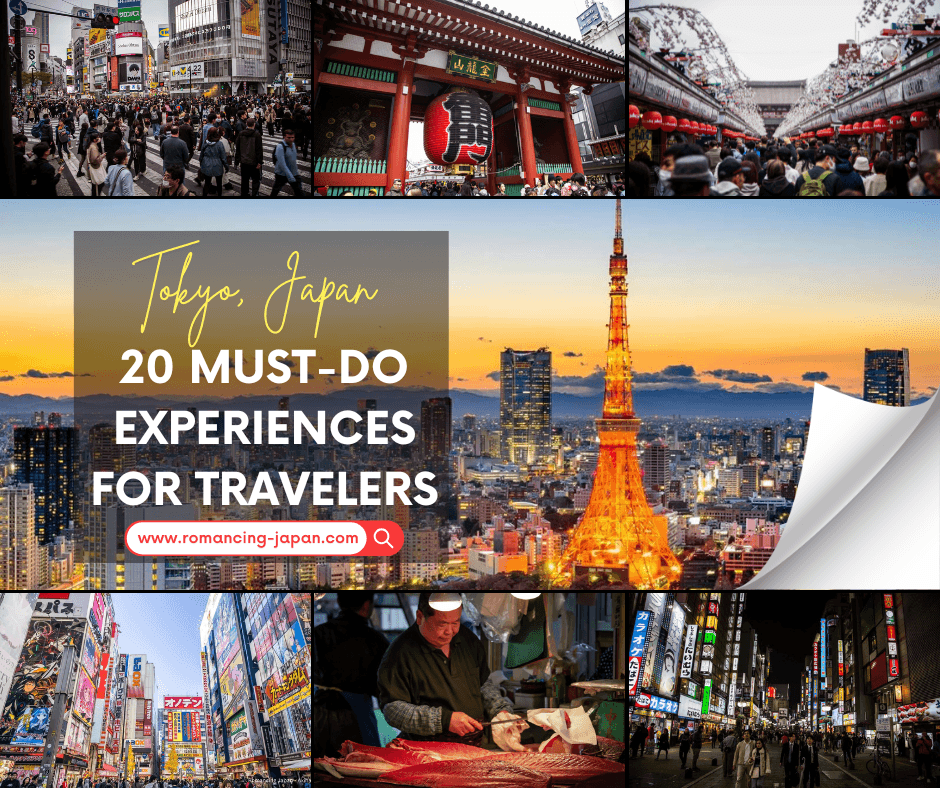
Tokyo Favorites: 20 Must-Do Experiences for Travelers
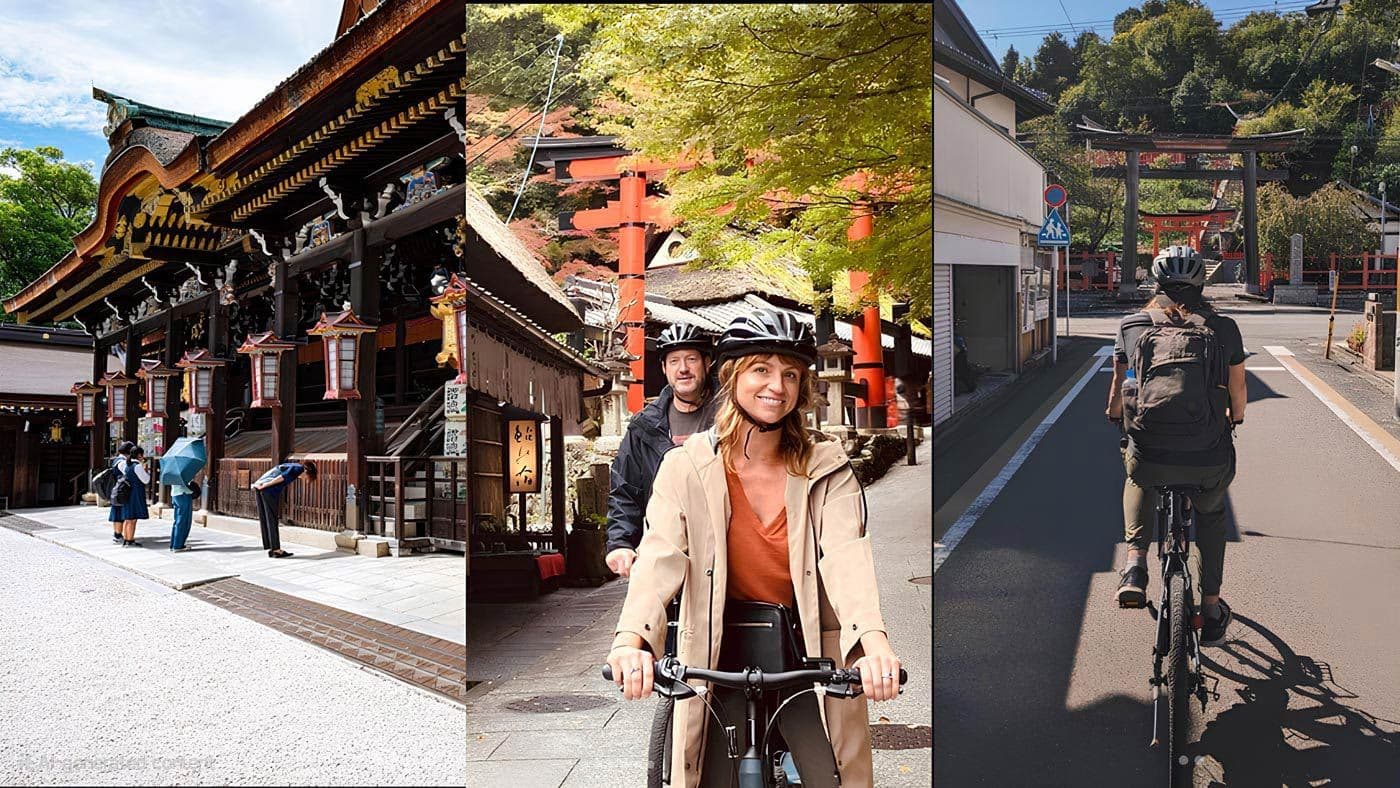
Kyoto Bike Tours: Discover the City’s Hidden Gems with Noru
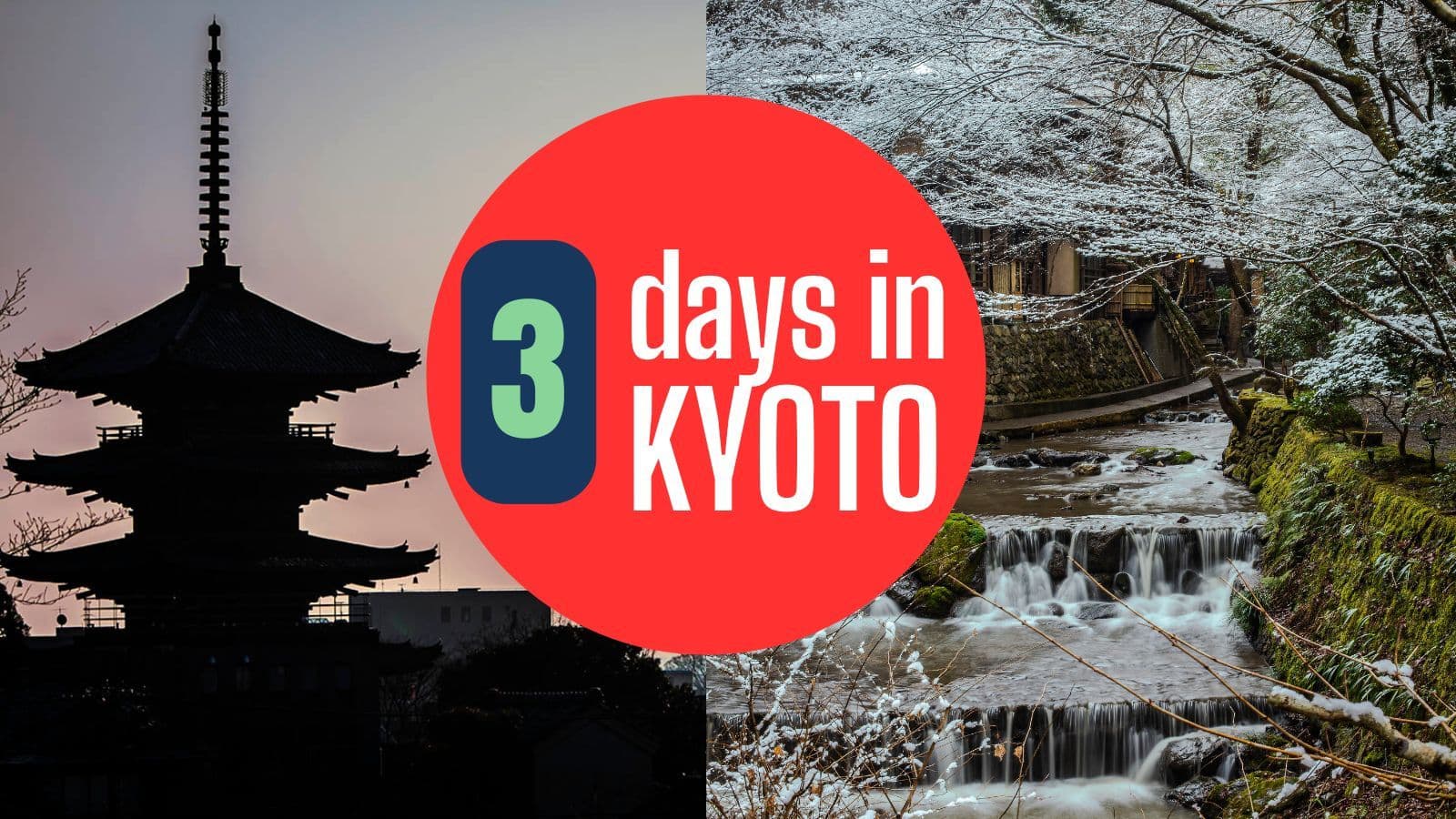
Kyoto 3-Day Itinerary: Best Things to Do for First-Time Visitors

Universal Studios Japan Tickets: Your Guide to Visiting USJ
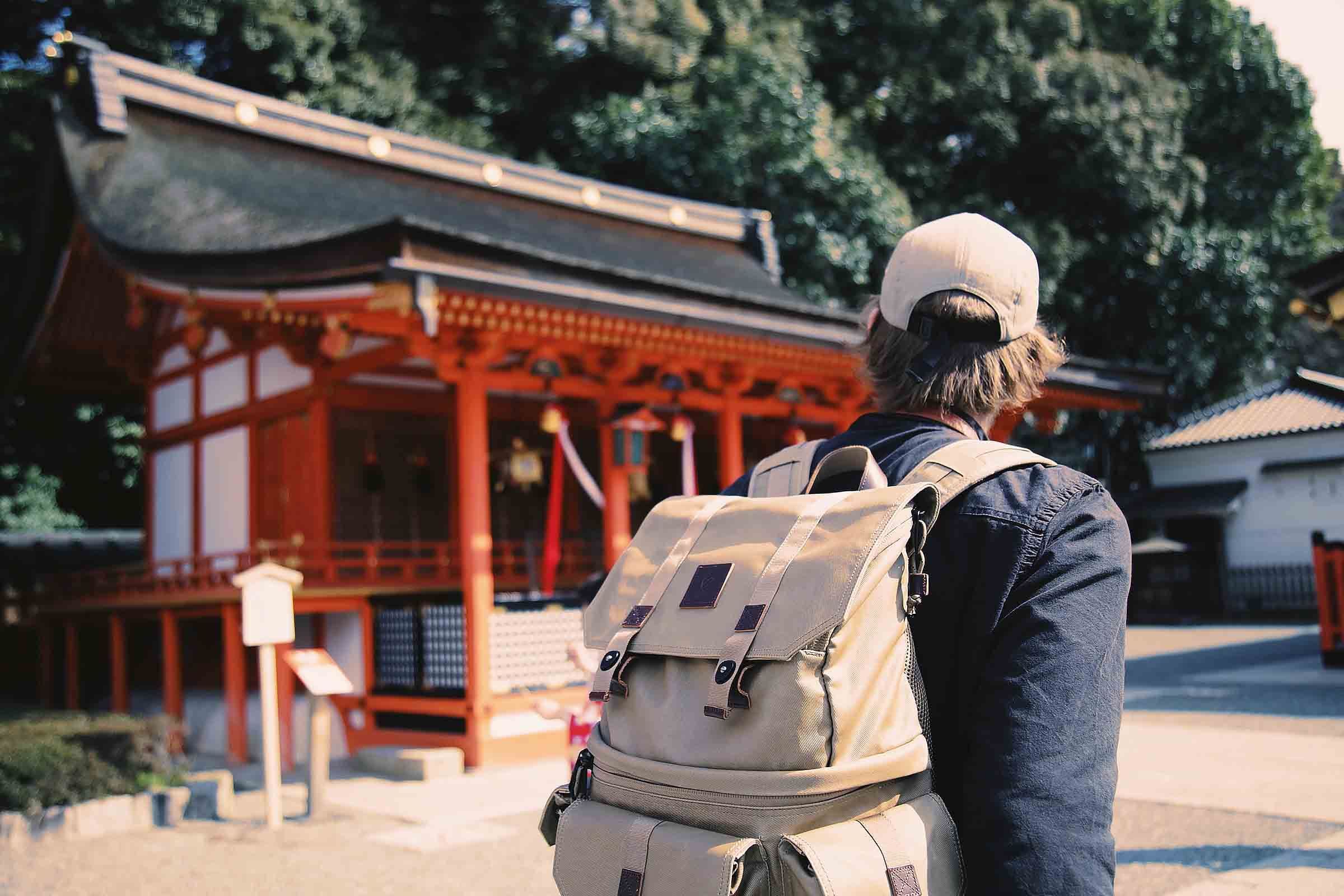
Find Out What Japan Really Thinks of Foreign Tourists
